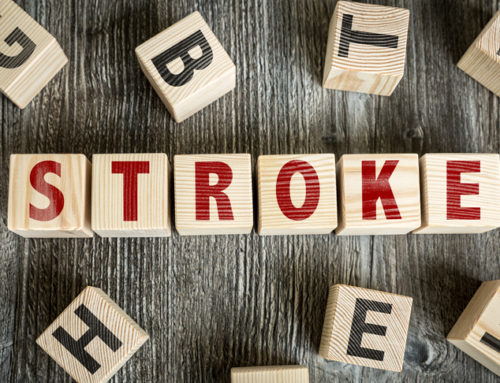The Washington Post reported last week that women of all ages should be paying closer attention to stroke risk than men. This means that they should watch their blood pressure before they consider taking birth control pills, or having a baby.
The Post was reporting this based upon a new list of prevention guidelines that were released recently. The guidelines were published by the American Heart Association and the American Stroke Association. The document noted that women are more likely to have some of the risk factors that are associated with stroke, which include:
- Migraines
- Depression
- Diabetes
- Atrial fibrillation
These new guidelines were the first ever published from those two associations with the goal to prevent stroke in women. Stroke is the 4th leading cause of death in the US, and the top cause for disability. It also is the 3rd leading cause of death for women – heart disease and cancer are 1st and 2nd.
The article notes that women have most of the same risk factors for stroke as men do, but they have risks that are unique to women. These are associated with pregnancy and use of hormones, according to Cheryl Bushnell, associate professor of neurology at Wake Forest Baptist Medical Center in Winston-Salem, N.C.,who was one of the experts that came up with the new guidelines.
Earlier guidelines about heart disease prevention in women had some information about stroke, but it was buried in the data. The new guidelines were created to take the topics that are specific to women and stroke and put them all in one document, Bushnell stated.
The recommendations, which were recently published in the Stroke journal, stress the importance of watching high blood pressure, especially in younger women. The guidelines state that you should be aware of what your blood pressure is before you ever think about taking birth control pills. Also, women should be aware of their blood pressure before they get pregnant.
Signs of Stroke in Women Similar To Men
Stroke signs in women are similar to men – face drooping, numbness or weakness in an arm, difficulty speaking. However, some of the symptoms in women can be more subtle. For example, women may have a changed ability to communicate verbally.
The Post reports that almost 7 million Americans have had a stroke, and 3.8 million of them are women. While women do live longer than men on average, their risk of stroke gets higher as they age.
After you have had a stroke, some of the basic activities of daily living can become more difficult. But there is a lot of hope. Today, there are so many helpful and inexpensive stroke aids available. With some practice and therapy, most stroke sufferers can regain much of their independence. For people having trouble with hand dexterity, the Suction Base Nail Clippers are wonderful. These are ideal for people who have a limited ability to pinch with their fingers. For dental care, some people who have had a stroke have difficulty with flossing their teeth. Try the Floss Aid Dental Floss Holder, which lets you easily floss your teeth with one hand.




